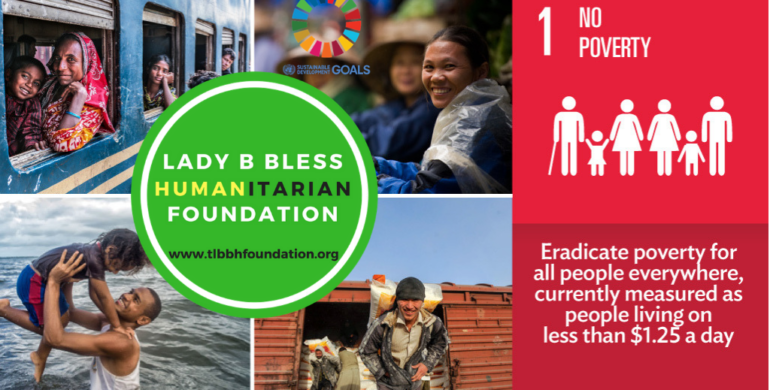
Poverty is a complex and multifaceted issue that affects millions of people worldwide. It’s not just a lack of income, but a lack of access to basic necessities like food, water, shelter, healthcare, and education. Poverty can be a cycle that’s difficult to break, perpetuating inequality and social injustice.
The Targets of SDG 1: No Poverty
The United Nations’ Sustainable Development Goal 1 (SDG 1) aims to end poverty in all its forms everywhere by 2030. The goal has seven targets:
1. Eradicate extreme poverty (less than $1.90 a day)
2. Reduce poverty by half (less than $3.20 a day)
3. Implement social protection systems
4. Ensure equal access to economic resources and opportunities
5. Build resilience to climate-related disasters
6. Develop and implement effective policies to achieve SDG 1
7. Mobilize resources to implement SDG 1
Understanding the Complexities of Poverty
Poverty is not just an economic issue, but also a social and cultural one. It’s often the result of a combination of factors, including:
– Lack of access to education and job opportunities
– Limited access to healthcare and social services
– Inequality and discrimination
– Climate change and environmental degradation
– Conflict and displacement
Addressing Poverty: Strategies and Solutions
So, how can we address poverty and achieve SDG 1? Here are some strategies and solutions:
– Social Protection Systems: Implementing social protection systems, such as cash transfers, food assistance, and pension programs, can help alleviate poverty.
– Education and Job Training: Providing access to quality education and job training can help individuals acquire skills and find employment.
– Microfinance and Entrepreneurship: Microfinance programs and entrepreneurship support can help individuals start their own businesses and improve their economic prospects.
– Climate-Resilient Agriculture: Supporting climate-resilient agriculture can help farmers adapt to climate change and improve their livelihoods.
– Policy Reforms: Implementing policy reforms, such as progressive taxation and social welfare programs, can help reduce poverty and inequality.
Success Stories: Poverty Reduction in Action
There are many success stories of poverty reduction around the world. Here are a few examples:
– Rwanda’s Poverty Reduction Strategy: Rwanda’s poverty reduction strategy, which includes social protection programs and job creation initiatives, has helped reduce poverty from 59% in 2005 to 39% in 2017.
– Brazil’s Bolsa Familia Program: Brazil’s Bolsa Familia program, which provides cash transfers to poor families, has helped reduce poverty and improve education and health outcomes.
– Kenya’s M-Pesa Mobile Banking: Kenya’s M-Pesa mobile banking system has expanded financial inclusion and helped reduce poverty by providing access to financial services.
Poverty is a complex issue that requires a comprehensive and multifaceted approach. Achieving SDG 1: No Poverty will require the collective efforts of governments, civil society, the private sector, and individuals. By understanding the complexities of poverty and implementing effective strategies and solutions, we can make progress towards a world where no one lives in poverty.
What can you do to help?
– Support organizations working to alleviate poverty
– Advocate for policy reforms that address poverty and inequality
– Educate yourself and others about the complexities of poverty
– Volunteer your time and skills to help those in need
Together, we can make a difference and create a world where everyone has the opportunity to thrive.
The Lady B Bless Humanitarian Foundation – tlbbhfoundation.org


